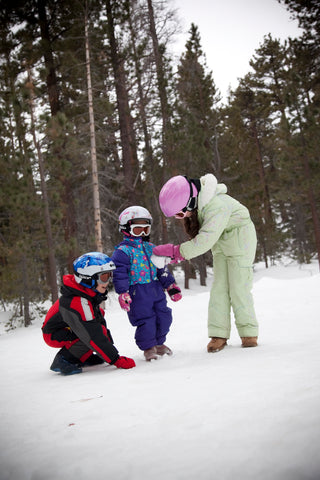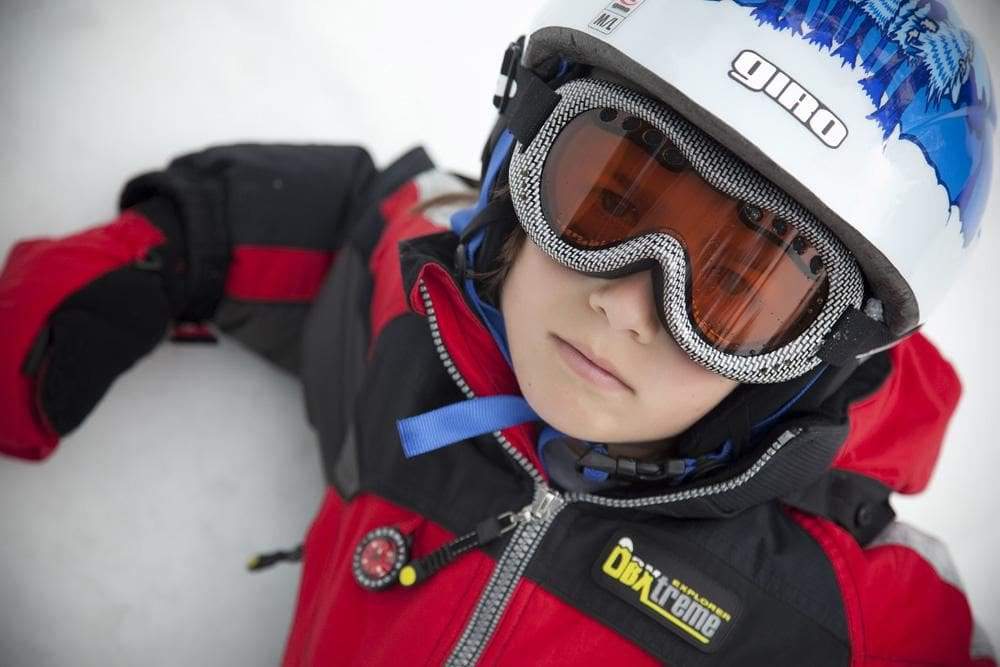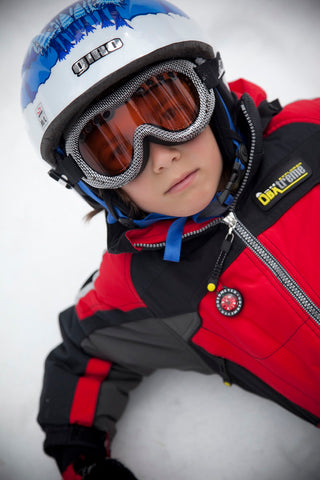 Skiing and snowboarding are adventurous sports that require protective equipment and accessories. In order to prevent any mishaps, it’s very important for you to be protected. Children require special gear while they're skiing on downhill acceleration and snowy slopes, including for their eyes.
Skiing and snowboarding are adventurous sports that require protective equipment and accessories. In order to prevent any mishaps, it’s very important for you to be protected. Children require special gear while they're skiing on downhill acceleration and snowy slopes, including for their eyes.
If your child is a winter sport enthusiast then you must guide them about the proper precautions which they must take to get ready mentally and physically before undertaking the activity.
Children can meet with small accidents and mishaps while they’re learning to ski so parents must insure that they’re fully protected as well as covered.
Eight important reasons, why you need the Best Ski Goggles for Kids:
- Kids Ski goggles should have durable frames so the goggle can’t be broken easily. While purchasing the goggles be sure that the strong frame provides enough protection of your kids when they are skiing.
- Snow goggles mostly include 100% Ultraviolet protection as the snow can reflect harmful UV radiation and cause sunburn.
- The chilly winter air blowing on the mountain slopes may cause your eyes to water and sometimes if protection isn’t provided, tiny dust particles may also enter your eyes. A good pair of snow goggles would ensure that your eyes stay protected so long as you are outside. With the help of this accessory, you can enjoy this sport without any worries.
- One great benefit of this snow accessory is that it has dual frame lenses that help give a clear view while skiing. This system prevents the glasses from fogging up.
- Foam like layer is included with the goggles which makes sure that the child is comfortable while putting on the goggles.
- Shatterproof lenses are a must to shield your eyes from debris, snow or ice.
- Look for vented lenses and also vented frames. The vented lenses help in opening the air flow.
- Goggles that can fit with snow helmets would be the best for small kids and amateurs. Goggles that are not "helmet ready" can cause fit issue with the helmet or goggles, decreasing the safety of both pieces.
Having a proper fitting goggle is a key factor to enjoying a day on the slopes, getting a clear field of view of the mountains around you, and protecting your eyes and face from the elements. A good fitting goggle will have a seamless wrap across your face, and not pinch your nose.
How to get the perfect fit:
Ski Goggle Fit Considerations there are a few things that you should consider while looking for a properly fitting goggle.
Will you be wearing a helmet?
Just about every ski goggle is now helmet compatible, and some helmet manufactures make helmets that have adjustments that will help compensate for oversized goggles. A goggle should have a seamless interface between the brim or forehead and the top of the goggle. Any extra space there will create a gap know as “gaper gap” that exposes your forehead to the sun, wind, and snow that can be very uncomfortable.
Strap Adjustments
The strap on all goggles is adjustable to allow an adequate amount of pressure across your face to keep the elements out, but still be comfortable.
How should my goggles fit and feel?
A goggle should feel snug across your cheek bones, forehead and nose without pinching or causing discomfort. The bridge of the nose can be the most common place for pinching. It can easily be corrected by adjusting the elastic strap. The goggle should also not give you any pressure on the outer eye socket or anywhere else near the orbital bone. If you are getting pressure then a larger frame is the remedy for that.


